No Results Found
The page you requested could not be found. Try refining your search, or use the navigation above to locate the post.

Here’s another great example of an amazing Horse Hero. Someone who puts her actions and her money where her mouth is. Meet photographer extraordinaire and horse advocate Trisia Eddy, from The Prairie Dark Room, in Alberta, Canada.
Like so many Trisia is incredibly busy with family and work but even still she recently took the time to shoot and share gorgeous pictures, and to write and share compelling thoughts on the matter of horse slaughter.
In addition she recently volunteered and built a website for Horse Heroes Alberta.
Our hat is off to Trisia who writes:
“It feels exciting and adventurous to be in the field, taking pictures of horses in the wild, or at liberty, at play. However, spend enough time as an advocate for horses, and eventually you will be confronted with the other side of the field: the auction house.
It is a sad reality that as a society, we have created a system which commodifies animals, and horses are no exception. Attend auctions routinely, and you will soon realize that the majority of the animals coming through the door wind up on the truck to the slaughterhouse.
Trace the path of these horses and one cannot help but be appalled: the system is poorly managed, the meat is not fit for human consumption (despite the high prices it garners,) and people willingly turn a blind eye to the amount of indiscriminate over-breeding and abuse that is rampant.
Taking pictures at the auction is controversial and difficult. Some argue it creates unnecessary tension, and insist that it shouldn’t be done. As a photographer, however, it is my role to capture what I see. To me, there is no difference between sharing an image of a horse enjoying freedom, wild in the mountains, and a horse captive in a pen, waiting to be sold to a meat buyer…they are all equal. They show affection to one another, they express interest in the humans they interact with. They exhibit pain and fear. Each and every one of them deserve recognition as a being worthy of respect; each and every one deserve to have their story told.”
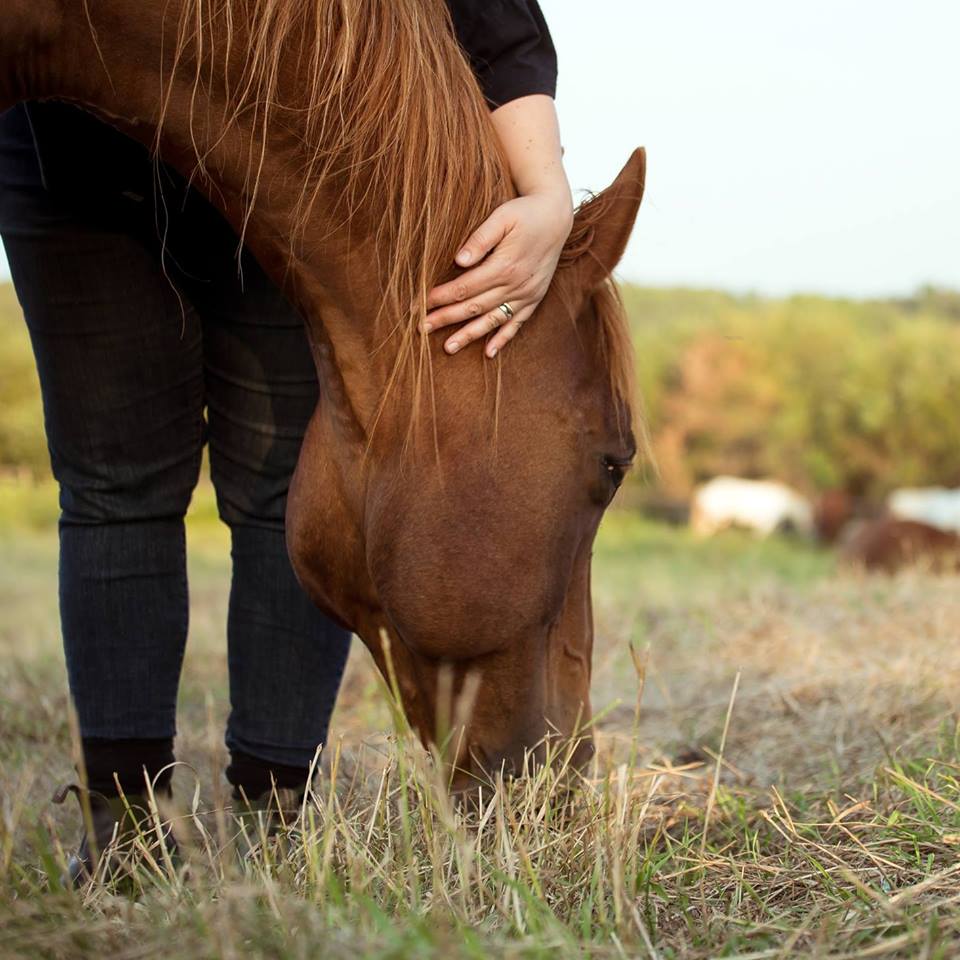
Banner image this page courtesy of the very talented photographer and horse advocate Trisia Eddy of The Prairie Darkroom.


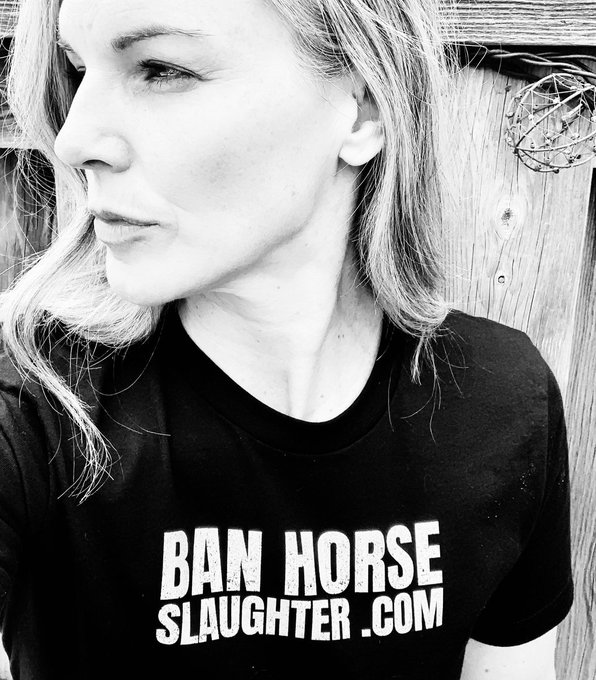
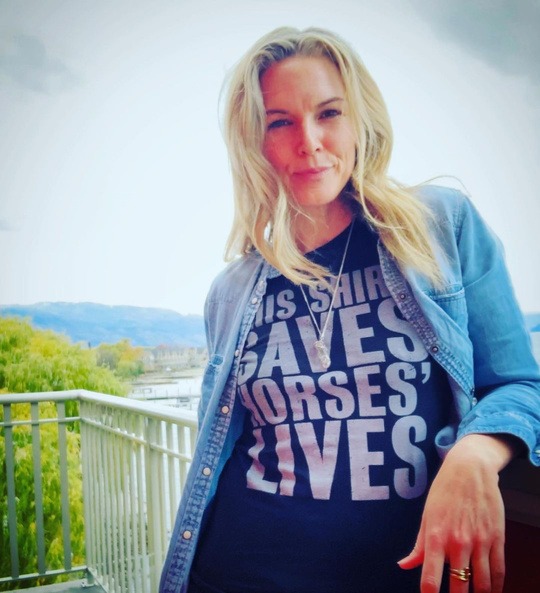
The page you requested could not be found. Try refining your search, or use the navigation above to locate the post.
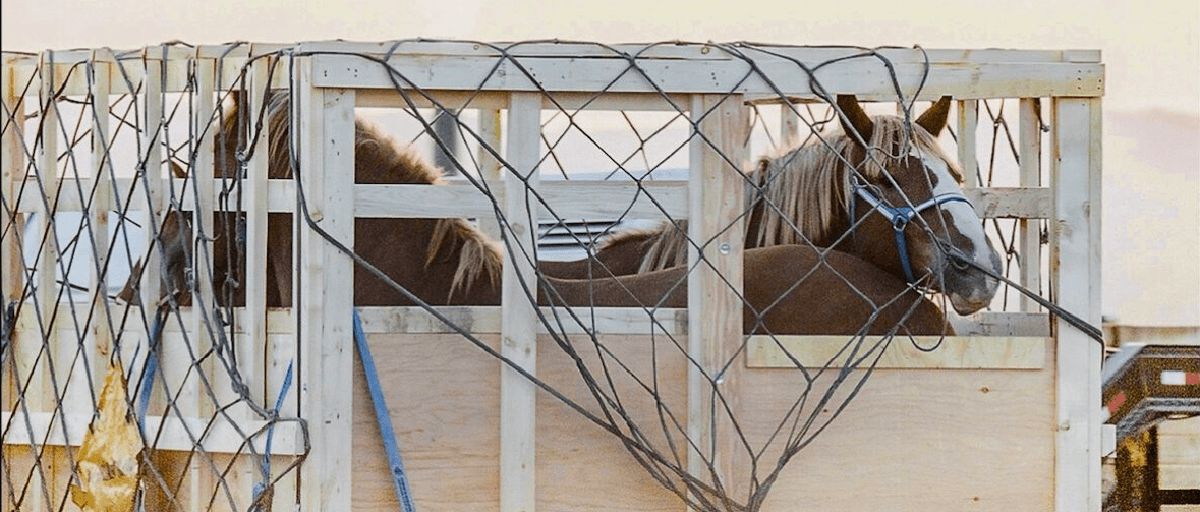
The Honourable Lawrence MacAulay, the current Minister of Agriculture and Agri-Food, has the power to end the inhumane export of horses by air for slaughter by enacting a regulatory amendment.
Help spread the word by sharing this email campaign with friends and family! You can also support the cause by donating—your contribution will help fund advertising efforts to raise awareness and push for change. Every action makes a difference!

Very special thanks to the Canadian Horse Defence Coalition who will be at the
Mane Event
Red Deer, Alberta.
Booth 906.
April 26th, 27th and 28th.
Special thanks to Lisa Pitts who is heading up this initiative and all the other volunteers making this booth possible.
Learn more about the Mane Event in Red Deer:




The page you requested could not be found. Try refining your search, or use the navigation above to locate the post.

The Honourable Lawrence MacAulay, the current Minister of Agriculture and Agri-Food, has the power to end the inhumane export of horses by air for slaughter by enacting a regulatory amendment.
Help spread the word by sharing this email campaign with friends and family! You can also support the cause by donating—your contribution will help fund advertising efforts to raise awareness and push for change. Every action makes a difference!

It is well-documented that many racehorses end up at slaughter auctions within a week of their last race, despite the fact that many tracks aross the country have policies opposing this practice,” said Nancy Perry, the senior vice president of ASPCA governmental relations.
For a horse like Orb, the sculpted colt that won the Kentucky Derby last week, the future holds plenty of promise. Besides earning the celebrity that comes with a high-profile victory, Orb is likely to attract the attention of breeders who would keep him healthy and occupied for the next 20 years.
But the vast majority of horses competing on North American racetracks—more than 61,000 horses last year—will spend their careers running in lower-level races, far from the public eye. Most will never see the sort of breeding bids that draw their more successful counterparts into early retirement, so they’ll race for as long as they can. When their bodies wear and winnings diminish, they’ll finally leave the track and head toward a future that’s often uncertain and sometimes abridged.
Here are some of the places, from the stud farm to the slaughterhouse, a retired racehorse may land:
Here are some of the places, from the stud farm to the slaughterhouse, a retired racehorse may land:
STUD FARM: As mentioned, top-tiered horses can usually count on a future breeding career.
“There is so much more money to be made in the stud if you’re successful than you could ever dream of making compared to racing,” says David Switzer, the executive director of the Kentucky Thoroughbred Association. The same is true for fillies, he said. “If you have a nice female that has won major stakes races and earned some money, it could be beneficial to retire the mare and breed her toward the stallions.”
In some cases, the payout an owner receives from a breeder can top the horse’s career earnings.
Last year, for example, Derby and Preakness winner I’ll Have Another, who earned about $2.7 million in his career, sold for $10 million to a Japanese breeder. It was an exceptional price, but quite a typical finish to a talented racehorse’s career.
Once a horse begins its breeding career, it continues to generate earnings.
Smarty Jones, the winner of the Derby and Preakness in 2004, has sired 418 foals in seven years, the last of which was born last month in Buckingham, Penn. Of those, 381 are racing age, and 192 have won races—for a total of just over $20 million in winnings. His stud fee is $7,500 per session.
Elite geldings, neutered horses, are not as lucrative once they retire. In many cases, therefore, they race longer and retire older than their fertile counterparts.
Consider the fate of the horses that ran in the 2010 Preakness Stakes: Those horses are now 6 years old, which means that by this point, most of them would have retired. Of the dozen that started in that race, seven are currently in breeding careers. One was euthanized after an injury; two geldings raced as recently as last year; one horse could not be accounted for, and one outlier, a colt named Schoolyard Dreams, continues to compete.
NEW JOB Many industry groups encourage owners to have their horses transition to a new career when their sprinting days are over. While racehorses tend to retire by the time they’re 6 or 7, horses trained in dressage, therapy or jumping can continue to work—and have value—well into their teens.
Dot Morgan, the executive director of New Vocations, which runs the largest racehorse adoption program in the country, says that thoroughbreds are particularly versitile animals.
“They can be taught to cut cows, barrel race, but what they’re usually used for if they’re sound and pain free, is to jump,” Morgan said. “They love to jump…Horses that are coming to us that have never seen a jump before, instead of being spooked, they head right for them.”
The agency, one of dozens throughout the country that accepts, retrains and finds new homes for unwanted horses, has found new purposes and owners for nearly 5,000 ex-racehorses. Most, she points out, did not arrive at one of the agency’s facilities at the end of a glamorous racing career.
“These are your mares and geldings racing on the B-tracks … and the ones that aren’t owned by the well-heeled owners that can afford to retire them to their farms,” she said. But every now and then a thoroughbred with impressive credentials will turn up in need of some help.
In 2012, WinStar Farms, the former owner of a Kentucky Derby alumn, got word that the horse was competing in low-end claiming races in Arizona and California. Advice, who placed 13th in the 2009 Kentucky Derby, was a gelding and therefore unable to be sold to a breeder after the Derby. Instead, Advice was sold to a new owner who raced him for three more years. After learning the horse’s fate, the former owner claimed the horse back and sent it over to New Vocations. There, Advice wound up training as a hunter/jumper, and was eventually adopted by somebody in Michigan, where the horse now lives.
SLAUGHTER While domestic “kill markets” dried up when the last U.S. slaughterhouses closed in 2007, the lure of overseas slaughter money—not to mention the financial burden of maintaining a horse that’s no longer profitable—still sends tens of thousands of horses to their death in foreign facilities each year. According to data compiled by the ASPCA, more than 166,000 American horses were sent to Canada and Mexico for slaughter last year.
“It is well-documented that many racehorses end up at slaughter auctions within a week of their last race, despite the fact that many tracks aross the country have policies opposing this practice,” said Nancy Perry, the senior vice president of ASPCA governmental relations.
Grim as that is, many more horses were shipped off to slaughter when U.S. facilities were still producing horsemeat for human consumption. In 1990, when numbers peaked, more than 410,000 American horses met their end in a slaughterhouse.
RESCUE/RETIREMENT FACILITIES Even second careers have their limits. Horses can live into their late 20s and even those that are able to smoothly transition into second careers will not be able to keep them forever. By the time they enter their late teens, it’s unlikely that they’ll continue to be used in equestrian events like hunting and jumping and may no longer be useful to breeders. Even younger horses can become sick or injured and need to permanantely retire.
The Unwanted Horse Coalition, an alliance of organizations dedicated to eliminating the problem of unwanted and abandoned horses, does not have an exact figure to measure the scope of the problem. But the group notes the annual slaughter numbers and says that there are not enough placement opportunities, volunteers or funding for all the unwanted horses in the country.
The Coalition lists a number or farms, facilities and organizations that accept and care for abandoned horses. And for the occasion when no better option is available, it lists an estimated price for euthanasia: $66, not including disposal (burial, rendering or incineration). Those fees, according to the American Association of Equine Practitioner’s National Fee and Market Study released in 2001, can range from $75 to $250 for rendering and up to $2,000 for incineration.
The page you requested could not be found. Try refining your search, or use the navigation above to locate the post.



The page you requested could not be found. Try refining your search, or use the navigation above to locate the post.

The Honourable Lawrence MacAulay, the current Minister of Agriculture and Agri-Food, has the power to end the inhumane export of horses by air for slaughter by enacting a regulatory amendment.
Help spread the word by sharing this email campaign with friends and family! You can also support the cause by donating—your contribution will help fund advertising efforts to raise awareness and push for change. Every action makes a difference!

A 23rd horse fatality has occurred at Santa Anita since Dec. 26 when Arms Runner fell on the dirt crossover portion of the hillside turf course Sunday and was later euthanized. La Sardane, who was behind Arms Runner, couldn’t avoid the fallen horse, tripped and went to the ground, but got right back up.
The death was confirmed by Dr. Rick Arthur, equine medical director of the California Horse Racing Board.
The jockeys Martin Pedroza, aboard Arms Runner, and Ruben Fuentes were believed to have sustained no more than bumps and bruises although they were taken off their remaining mounts.
The accident occurred in the feature race of the day, the Grade 3 $100,000 San Simeon Stakes, a 6 1/2 furlong turf race that starts at the top of a hillside and has a crossover point on dirt. The spill happened just as the horses were about to re-enter the turf portion of the course. It appeared that Arms Runner injured his right front leg.

Scott Martelle of the Los Angeles Times writes:
I’m a horse racing fan, but I won’t be at Santa Anita on Saturday
A few months ago, I marked Saturday down on my calendar as Santa Anita Derby day to ensure I wouldn’t miss one of the top annual races at the famed horse track in Arcadia. It’s a big deal in horse racing — the winner of the $1-million purse also gets a near-automatic entry in next month’s Kentucky Derby.
I was in the stands last spring when Justify won to qualify for the Kentucky Derby, which he also won en route to becoming only the 13th horse to win the Triple Crown, horse racing’s holy grail. (The first horse to win the Kentucky Derby, the Preakness Stakes and the Belmont Stakes was Sir Barton in 1919).
So the Santa Anita Derby is a big deal. But I’m not going to the track Saturday after all. There have been too many dead horses, and not enough answers.
How many dead horses? Over the last three months 23 horses have died in races or training at the park. By contrast, 37 horses died over seven months in 2017-18.
The current rate is a troubling spike in a sport that already contributes to the deaths of some 500 horses a yearnationwide, out of tens of thousands of horses that compete in nearly 40,000 races a year.
The tough question is deciding what the threshold should be for acceptable levels of hurt horses, whose physiology means that a broken leg can be a fatal injury.
I’m not sure what that answer is, and in some ways it’s a personal call. And while I won’t be at the track this weekend, thousands of my fellow horse racing enthusiasts will be.
There have been too many dead horses, and not enough answers.
The most troubling aspect is that Santa Anita track officials have decided to continue racing despite not knowing why so many horses are suffering such debilitating injuries.
To their credit, track officials have paused racing three times to conduct tests and studies in hopes of determining whether a winter of heavy rains has affected the track or whether there are other identifiable causes. Yet they have found no definitive answers, and each time racing resumed more horses died, the most recent on Sunday as the horse fell mid-race where a dirt track crosses the downhill turf course.
It’s a tough call. Horse racing is entertainment for those of us who like to sit in the stands, bet and cheer on the horses and jockeys, soak in the singular beauty of the San Gabriel Mountains rising north of the track, and enjoy a day that at once feels disconnected from daily life in Los Angeles, yet is also quintessentially Los Angeles. The current track has been there since 1934, and to step onto the grounds is to step back in time.
Yet Santa Anita is also a business. Hundreds of jobs intersect with the track, including grounds employees, betting tellers, the stable hands and trainers. Shutting down causes significant economic pain for those who depend on the track for a living.
But the dead horses
As a culture, we tend to like our sports with an edge of toughness. Football, hockey, basketball, even baseball are games that involve sometimes violent collisions, often leading to painful career-derailing injuries and, on rare occasions, death. We’re still trying to grapple with the issue of head traumas suffered by young athletes that develop into progressive brain disease later in life.
In hockey, fights are part of the game, and acts that would lead to jail time if committed on a sidewalk get players a two-minute timeout. Not to mention boxing and mixed martial arts, whose bouts would be felonies were it not for sanctioning agencies.
But those who engage in such sports do so willingly. Thoroughbred horses, on the other hand, have no choice in the matter (much like the animals that we make our pets). They are bred for one main purpose — to race. And when they can’t, or when they are too slow to be competitive, tens of thousands of them are packed off to slaughterhouses.
But is that any crueler than raising cows and chickens for meat? Again, how distressing that is a personal view, so long as the animals are cared for humanely while they are alive.
And my personal view is that too much is unanswered about the horse deaths at Santa Anita for me to sit in the stands Saturday, place my bets and hope to see in person another top contender for the Kentucky Derby and, as a long shot, the Triple Crown.
Horse racing may be the sport of kings, but it survives on the patronage of everyday fans. I hit the track four or five times a year, and at the moment, my patronage is wavering.



The page you requested could not be found. Try refining your search, or use the navigation above to locate the post.

The Honourable Lawrence MacAulay, the current Minister of Agriculture and Agri-Food, has the power to end the inhumane export of horses by air for slaughter by enacting a regulatory amendment.
Help spread the word by sharing this email campaign with friends and family! You can also support the cause by donating—your contribution will help fund advertising efforts to raise awareness and push for change. Every action makes a difference!

With special thanks to Patti Lippert, November 14th, 2016 April Trimmer writes:
April 9th, 2016 was the day Hip #7599 came into my life.
After seeing her on the PA Kill Pen Network page, all cut up and thin, I saw something in her video that made my heart ache for her.
When I first saw her picture, I knew her name would be Lacey.
I have never been so anxious to get a phone call in my life, the one that would let me know I could bring this sad girl home.
I was sitting in Chick Fil-A that Saturday morning when the call came. Unable to finish my sandwich from excitement, my boyfriend and I ran home, hooked the trailer up and headed up to PA.
When we got there, the old man led her out the very closed up barn, handed her lead to me and said, “This the right one? Here’s your horse miss.”
She walked right in the trailer, not knowing where she would be going, but betting it had to be better than where she had been.
I gave Lacey her first horse cookie, which she denied at first, but quickly changed her mind.
Some people may call me crazy, but as I stood next to her, I could feel an aura. This mare was special.
The old man told me that she had been worked with a teammate pulling a hay mower, and when something happened to her partner she ended up in the auction scene.
If those people had only known what they had…
If it’s one thing I want people to take from this is that you don’t have to own a $30k warmblood to be competitive. There are so many horses out there that have talent if they would only be given the chance to shine.
Fast forward 6 months and 5 days.
Lacey is getting ready to compete at the USDF Region 1 Col Bengt Ljungquist Memorial Championships at Training Level.
She qualified at her second show ever, only 3 short months after standing in a kill pen facing slaughter.
She had scored many times in the upper 60’s and low 70’s, winning a few classes.
As I was eating lunch before her Championship ride, it really hit me how much this horses life had changed in 6 months and 5 days.
I wondered what she thought of her life standing in a cushy bedded stall body clipped and mane braided under a fleece cooler.
I know she is thankful, and she is the most beautiful soul I have ever met.
Our championship test wasn’t the great, neck ribbon winning ride I knew she was capable of, but I was so proud regardless.
She made up for it 4 days later at the NC State Fair Light Draft show where she won her Champion neck ribbon in halter.
In a class judged on only her, everyone could see what I always saw under the dirt, wounds and shaggy hair 6 months ago. “Redeemed Lace” will never have to stand in a pen of horses unwanted and unworthy ever again.
If it’s one thing I want people to take from this is that you don’t have to own a $30k warmblood to be competitive. There are so many horses out there that have talent if they would only be given the chance to shine.
Just ask this big old pinto plow horse turned ballerina standing in my barn. ❤️
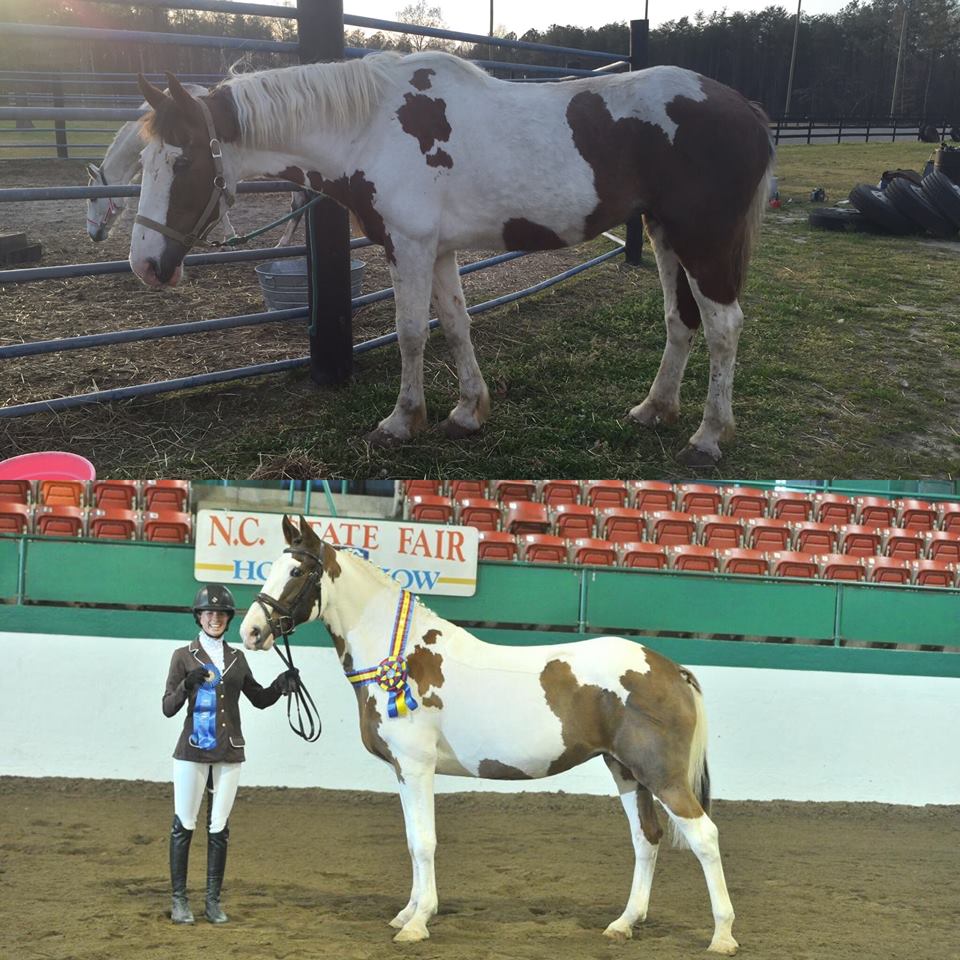




The page you requested could not be found. Try refining your search, or use the navigation above to locate the post.

The Honourable Lawrence MacAulay, the current Minister of Agriculture and Agri-Food, has the power to end the inhumane export of horses by air for slaughter by enacting a regulatory amendment.
Help spread the word by sharing this email campaign with friends and family! You can also support the cause by donating—your contribution will help fund advertising efforts to raise awareness and push for change. Every action makes a difference!